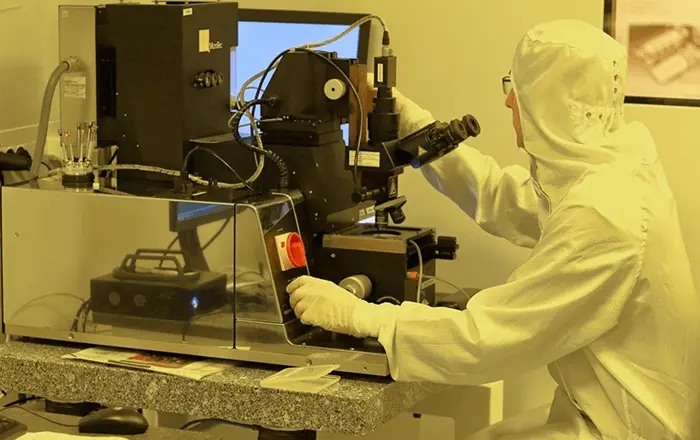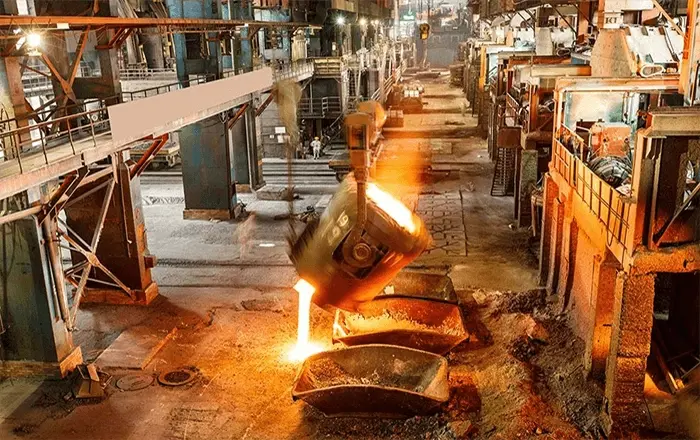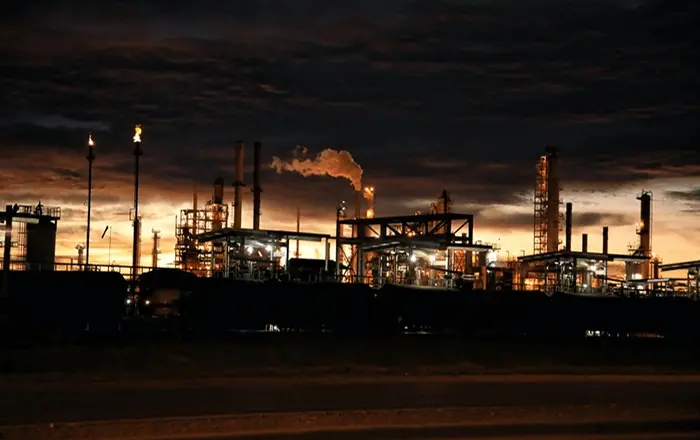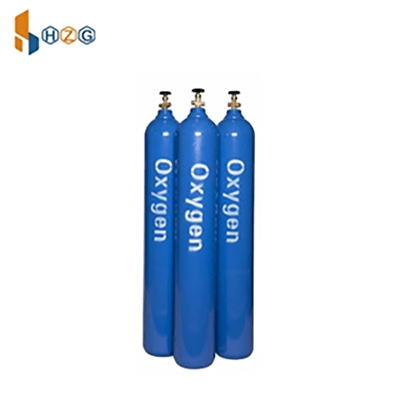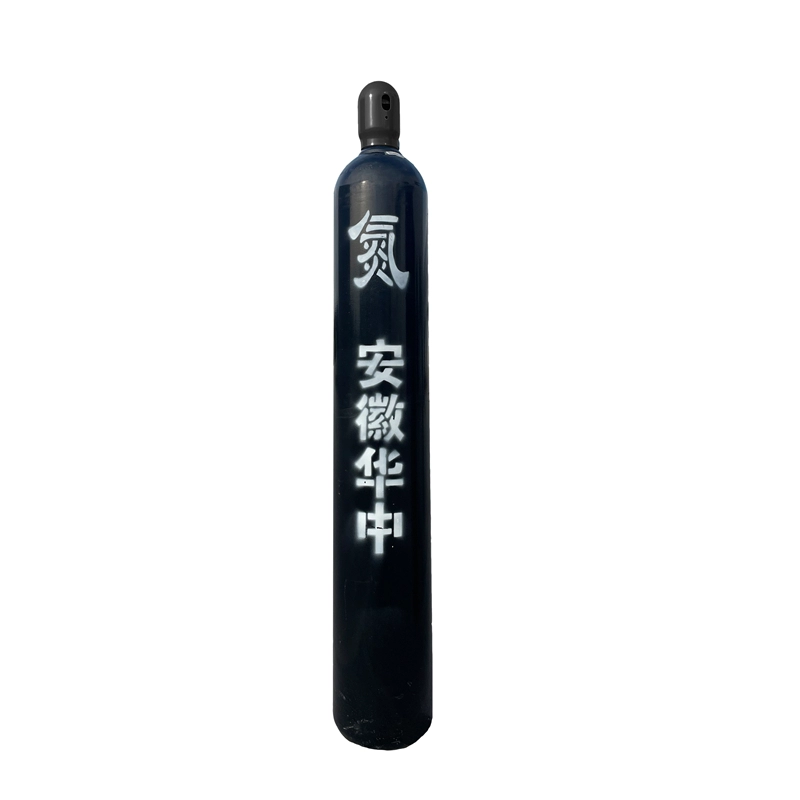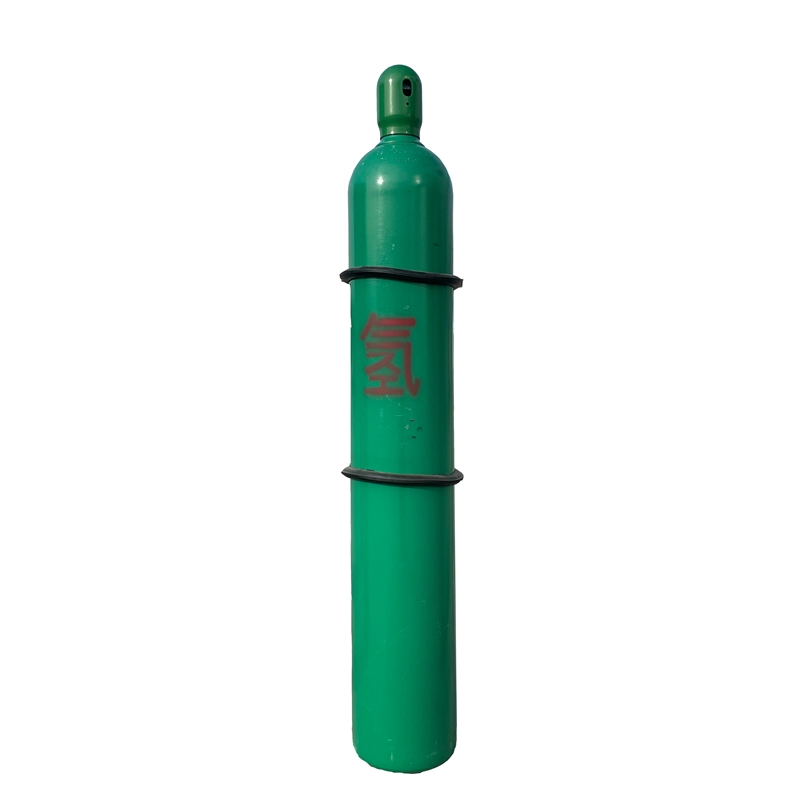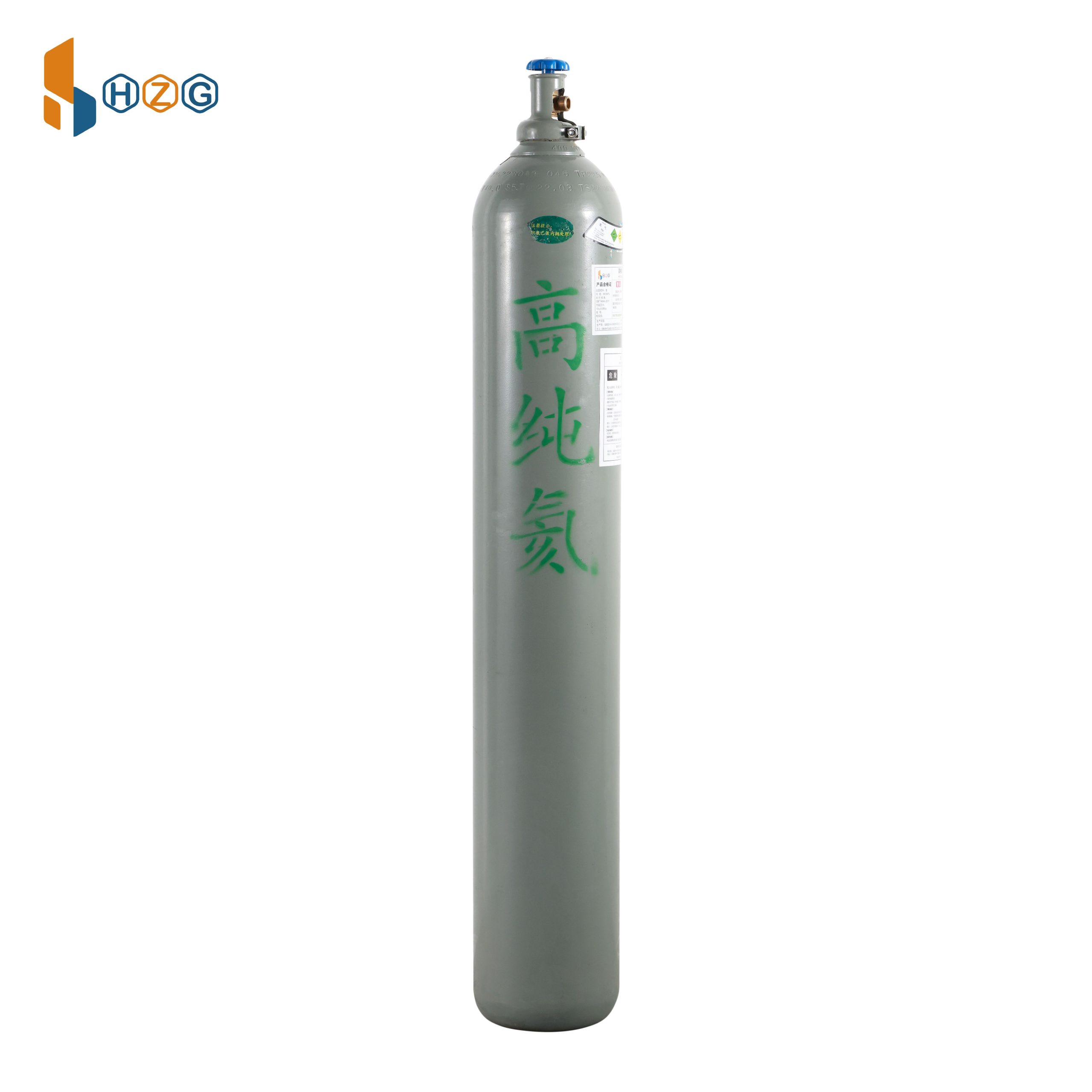Other specifications of packaging can be provided according to customer requirements
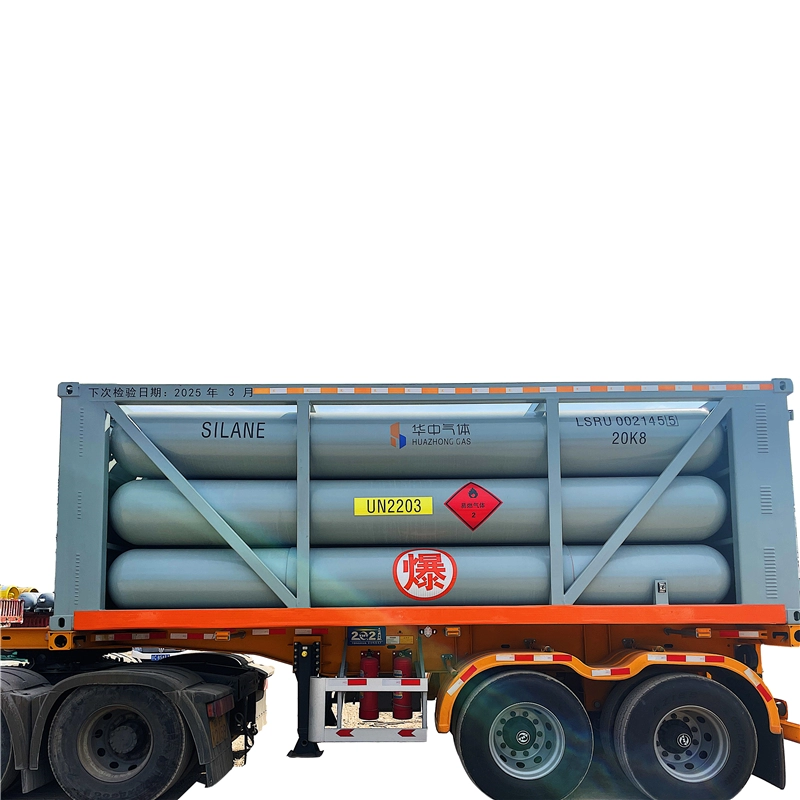
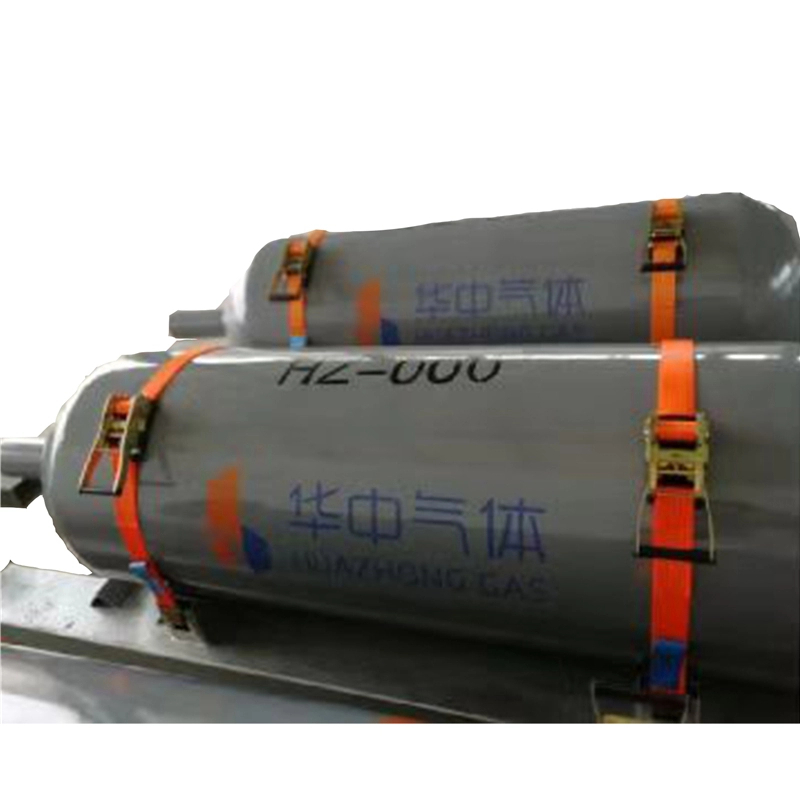
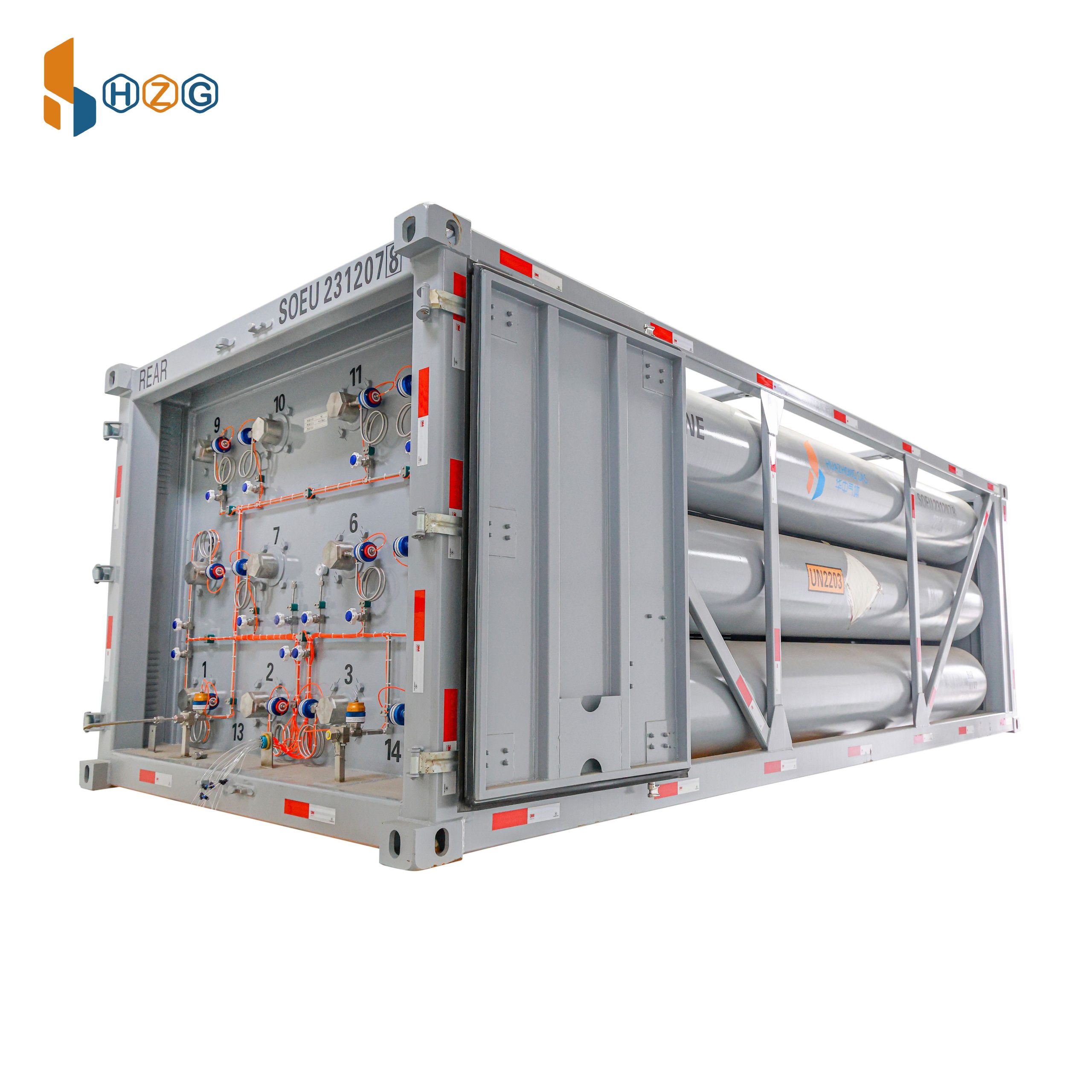
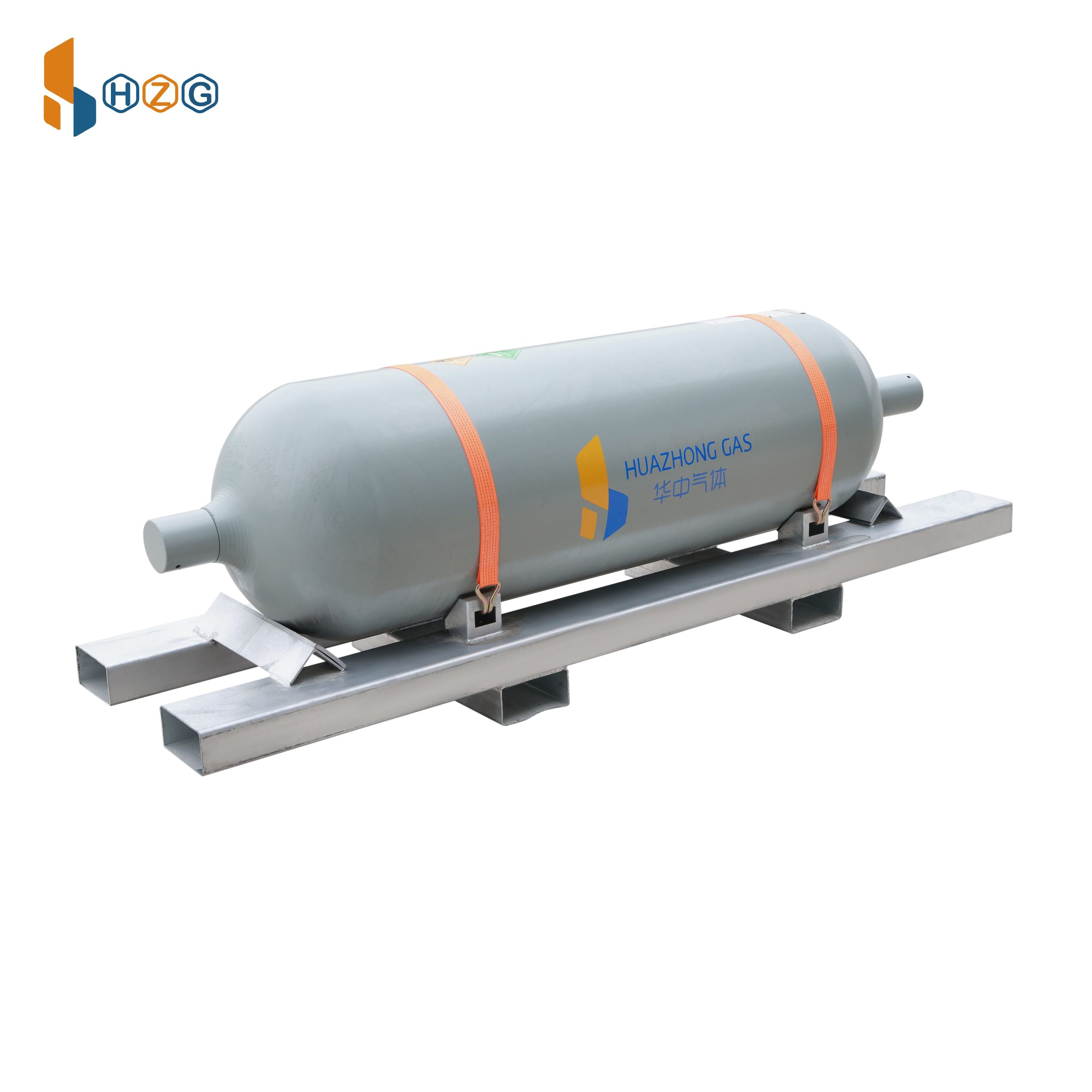










Silane 99.9999% purity SiH4 Gas Electronic Grade
Silanes are prepared by the reduction of silicon tetrachloride with metal hydrides such as lithium or calcium aluminum hydride.Silane is prepared by treating magnesium silicide with hydrochloric acid.In semiconductor manufacturing, electronic grade silane gas is used for epitaxial deposition of crystalline silicon film, production of polysilicon film, silicon monoxide film and silicon nitride film. These films play a key role in semiconductor devices, such as isolation layers, ohmic contact layers, etc.
In the photovoltaic industry, electronic grade silane gas is used to produce anti-reflection films for photovoltaic cells to improve light absorption efficiency and electrical properties. In the production of display panels, electronic grade silane gas is used to make silicon nitride films and polysilicon layers, which act as protective and functional layers to enhance the display effect. Electronic grade silane gas is also used in the manufacture of new energy batteries, as a high-purity silicon source, directly for the preparation of battery materials. In addition, electronic grade silane gas is also used in low-radiation coated glass, semiconductor LED lamp lighting and other industries, with a wide range of application scenarios.
Silane 99.9999% purity SiH4 Gas Electronic Grade
Parameter
| Property | Value |
|---|---|
| Appearance and properties | Colorless gas with an odor |
| Melting point (℃) | -185.0 |
| Boiling point (℃) | -112 |
| Critical temperature (℃) | -3.5 |
| Critical pressure (MPa) | No data available |
| Relative vapor density (air = 1) | 1.2 |
| Relative density (water = 1) | 0.55 |
| Density (g/cm³) | 0.68 [at -185℃ (liquid)] |
| Heat of combustion (KJ/mol) | -1476 |
| Spontaneous combustion temperature (℃) | < -85 |
| Flash point (℃) | < -50 |
| Decomposition temperature (℃) | Greater than 400 |
| Saturated vapor pressure (kPa) | No data available |
| Octanol/water partition coefficient | No data available |
| Maximum explosion % (V/V) | 100 |
| Lower explosive limit % (V/V) | 1.37 |
| PH (indicate concentration) | Not applicable |
| Flammability | Extremely flammable |
| Solubility | Insoluble in water; soluble in benzene, carbon tetrachloride |
Safety Instructions
Emergency Overview: Flammable gas. When mixed with air, it can form an explosive mixture, which explodes when exposed to heat or an open flame. Gases are heavier than air and accumulate in low-lying areas. It has a certain toxic effect on people.
GHS risk Categories:
Flammable gas Class 1, skin corrosion/Irritation Class 2, Severe eye injury/eye Irritation Class 2A, specific target organ system toxicity Class 3, specific target organ system toxicity Class 2
Warning word: Danger
Hazard description: highly flammable gas; Gas under pressure, if heated can explode; Cause skin irritation; Cause severe eye irritation; Prolonged or repeated exposure can cause organ damage.
Precautions:
· Preventive measures:
– Keep away from fire, sparks, hot surfaces. No smoking. Only use tools that do not produce sparks. Use explosion-proof appliances, ventilation and lighting. During the transfer process, the container must be grounded and connected to prevent static electricity. Keep container airtight.
– Use personal protective equipment as required.
– Prevent gas leakage into the workplace air. Avoid inhaling gas.
Do not eat, drink or smoke in the workplace.
Do not release into the environment.
· Incident response
– In case of fire, use mist water, foam, carbon dioxide, dry powder to extinguish the fire. If inhaled, remove from the contaminated area to avoid further injury. Lying still, if the respiratory surface is shallow or breathing has stopped to ensure that the airway is clear, provide artificial respiration. If possible, medical oxygen inhalation is administered by trained personnel. Get to the hospital or get help from a doctor.
Safe storage:
Keep the container sealed. Store in a cool, ventilated warehouse. Keep away from fire and heat.
· Waste disposal:
Disposal in accordance with national and local regulations, or contact with the manufacturer to determine the disposal method. Physical and chemical hazards: Flammable. When mixed with air, it can form an explosive mixture, which explodes when exposed to heat or an open flame. Gas accumulates in lower places than air. It has a certain toxic effect on human body.
Health hazards:
Silicane can irritate the eyes, and silicane breaks down to produce silica. Contact with particulate silica can irritate the eyes. Inhaling high concentrations of silicane can cause headaches, dizziness, lethargy, and upper respiratory tract irritation. Silicane can irritate the mucous membranes and respiratory system. High exposure to silicane can cause pneumonia and pulmonary edema. Silicone can irritate the skin.
Environmental hazards:
Due to spontaneous combustion in the air, silane burns up before entering the soil. Because it burns and breaks down in the air, silane does not remain in the environment for long. Silane does not accumulate in living things.

